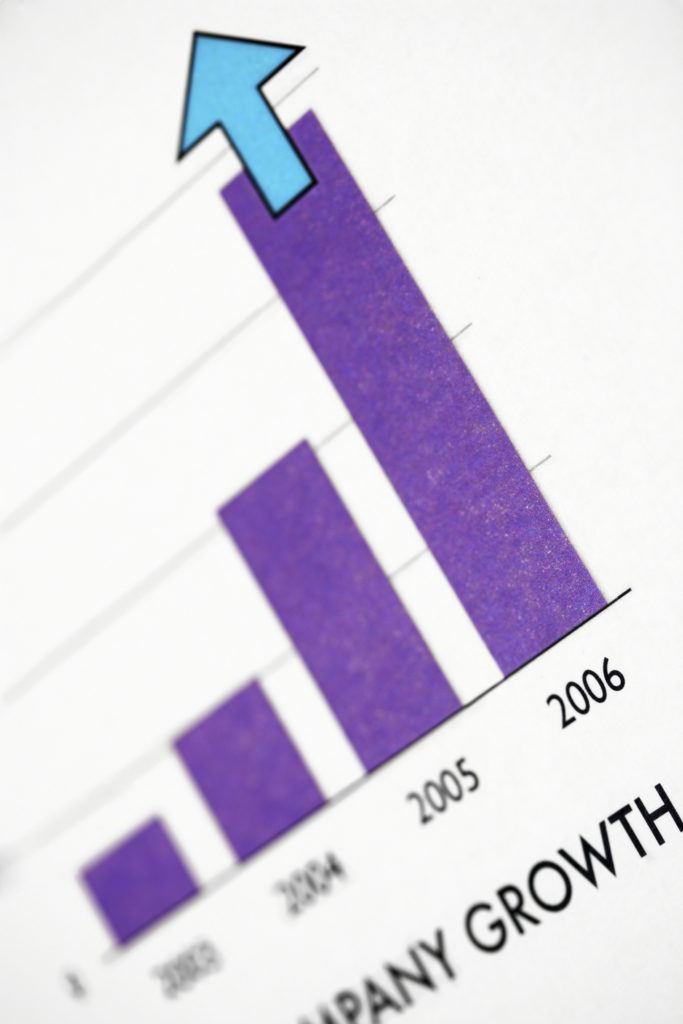Also known as Eka Pada Rajakapotasana, the Pigeon Pose helps you tighten and stretch your hips, lower back, groin, hamstrings and knee muscles. Initially, it may seem to be a daunting yoga position; however, after practicing it, you will feel comfortable eventually. Moreover, this yoga pose ensures that the negative energy and feelings find a proper release from your body system. Accordingly, it helps you force out tension, stress and anxiety. Highly beneficial for athletes, this pose helps them develop agility, better reflexes and speed, and avoid lower back strains as well.
Steps Involved
1. You can enter into Pigeon Pose from Lotus or half Lotus pose, Downward Dog or one leg Downward Dog pose, or the Child’s Pose.
2. Starting it with the Squared Table pose wherein you’ve all fours touching the ground, slide your right knee forward toward your right hand.
3. Slide you left leg back while keeping your hips on the floor. This position of your hips ensures that there is no unnecessary pressure on your back.
4. Keep sliding the right foot forward toward your left hand until you feel a deep stretch in your right glute.
5. While your right thigh should point away from your body, your left thigh should rotate in an inward direction.
6. Now sink your hips forward and down. After thoroughly practicing this position, you may try to rest your forearms or even your chest on the ground, while making sure that your arms are fully stretched.
7. Finally, you may inhale, exhale and release your belly. Try to hold in this position for 2-5 minutes.
Benefits
1. The Pigeon Pose helps you stimulate your internal organs and stretch deep glutes.
2. It also helps you stretch groins, shoulders and chest.
3. This pose is highly beneficial in alleviating sciatic pain and urinary disorders.
Precautions
If you are suffering with back, ankle or knee injury, you should avoid this pose.








